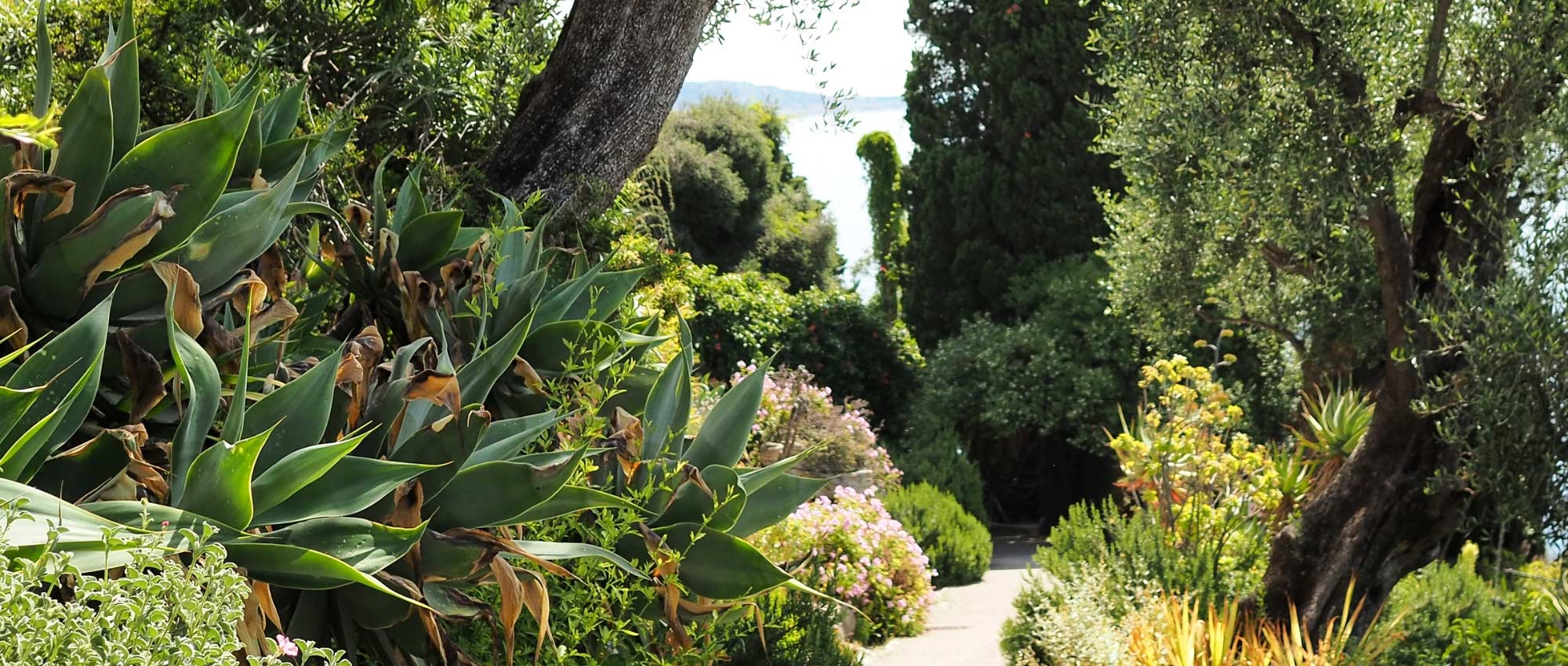
Mediterranean garden: 10 iconic plants to landscape it
Southern plants for Mediterranean borders
Contents
With its very mild climate, the Mediterranean basin has allowed cultivation of many Mediterranean plants for the garden. Bathed in a colourful, warm atmosphere, Mediterranean gardens immediately evoke holidays and exoticism, sun… They are made up of fragrant plantsfor outdoors, such as lavender, rosemary or santolina, which appreciate hot, dry exposures. However, even if you live in a harsh region, you can create a simple Mediterranean bed, using relatively hardy southern plants.
This type of garden has the advantage of being economical in water, fertilisers and maintenance. Plants adapted to Mediterranean climates tend to be fairly resistant to drought (their morphology is adapted: thick, leathery leaves, often silvery, deep roots, habit mat-forming…).
Discover which plants to choose for a Mediterranean garden, whether southern flowers, Mediterranean trees or aromatics, and our landscaping tips!
Find our garrigue garden range.
Mediterranean garden: which plants to use?
| Plant name | Ornamental interest | Exposure | Soil | Drought tolerance |
|---|---|---|---|---|
| Oleander | Generous summer flowering, evergreen foliage | Full sun | Light, well-drained | Excellent |
| Lavender | Fragrant flowering, silvery foliage | Full sun | Calcareous, poor | Excellent |
| Olive | Architectural silhouette, grey-silver foliage | Sunny | Poor, stony | Excellent |
| Cistus (rockrose) | Abundant spring flowering, bushy habit | Full sun | Sandy, well-drained | Very good |
| Agave | Architectural, highly sculptural foliage | Warm and bright | Very free-draining | Exceptional |
| Palm (Chamaerops, etc.) | Exotic silhouette, evergreen foliage | Sunny | Light, stony | Good to very good |
| Fig | Produces fruit, large decorative leaves | Sunny | Deep, well-drained | Good |
| Pomegranate | Showy flowering, decorative or edible fruit | Sunny | Light, well-drained | Good |
| Strawberry tree (Arbutus) | Autumn flowering and decorative red fruits | Sunny or semi-shade | Acid to neutral, well-drained | Good |
| Provence cypress | Slender, structural habit, evergreen foliage | Full sun | Poor, rocky | Very good |
Plant these outdoor Mediterranean plants preferably in full sun, in a free-draining, even stony substrate, and sheltered from cold winds. Many will thrive against a south-facing wall. Less hardy plants can be grown in containers and brought under cover for winter. Some are ideal for rockery planting.
Some of the southern plants we list here are not native to the Mediterranean, but originate from regions of the world with a Mediterranean climate (South Africa, California, southern Australia…). They evoke it and fit very well in a Mediterranean garden. In general, these gardens feature many plants with grey or silvery foliage, with a spreading or cushion habit, and with thick, even fleshy leaves. Likewise, many Mediterranean plants are fragrant, aromatic, and have medicinal properties.
For more information, read our advice sheet 6 Mediterranean perennials for sun and dry soil.
Mediterranean garden: set the scene!
For Mediterranean garden decor, add stone features: gravel, dry-stone wall, pebbles, pebble paving, mosaics, statues, terracotta pots… You can create a sunny rockery with plants suited to drought. Don’t hesitate to install a pergola and train a wisteria to climb it, which will provide a pleasant shaded area under which you can place a table and chairs, an ideal spot to relax. A few armchairs or sun loungers will give a real holiday feel! If water is present in the form of a swimming pool or pond, that’s perfect. If not, you can install a fountain or basin…
Discover other Mediterranean perennials
View all →Available in 2 sizes
Available in 3 sizes
Available in 2 sizes
Available in 2 sizes
Available in 2 sizes
Available in 2 sizes
Available in 1 sizes
Available in 1 sizes
Available in 2 sizes
Available in 1 sizes
Oleander
Oleander, or Nerium oleander, is a very handsome bush, naturally found around the Mediterranean. It grows fairly quickly and develops a dense habit. Its flowers range from white to deep pink (there are even yellow-flowered varieties! but they are much less common). It bears evergreen, elongated and leathery leaves, dark green in colour. You can grow it as a hedge, as a specimen, or in a container. It is also fairly easy to multiply by propagation by cuttings.
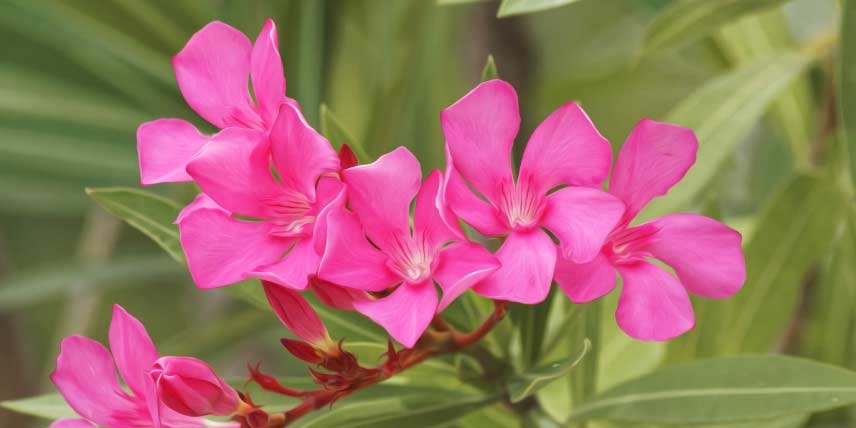
→ For further reading, discover our plant sheet : “Oleander: planting, pruning and maintaining”
Lavender
Southern flower by nature, lavender evokes Mediterranean landscapes, fields of mauve that stretch as far as the eye can see… Its highly scented flowers, gathered in spikes, have soft hues. The most common is Lavandula angustifolia, also called true lavender or medicinal lavender, which also has white-flowered varieties, such as Lavandula angustifolia ‘Alba’. Also discover butterfly lavender, Lavandula stoechas! Its distinctive flowers bear very large decorative bracts. Lavender is melliferous, attracting pollinating insects, and also has medicinal properties (usable as essential oil, in infusion, etc.). It is particularly calming, effective against anxiety, and helps promote sleep. In the garden, it thrives on calcareous, fairly dry soils.
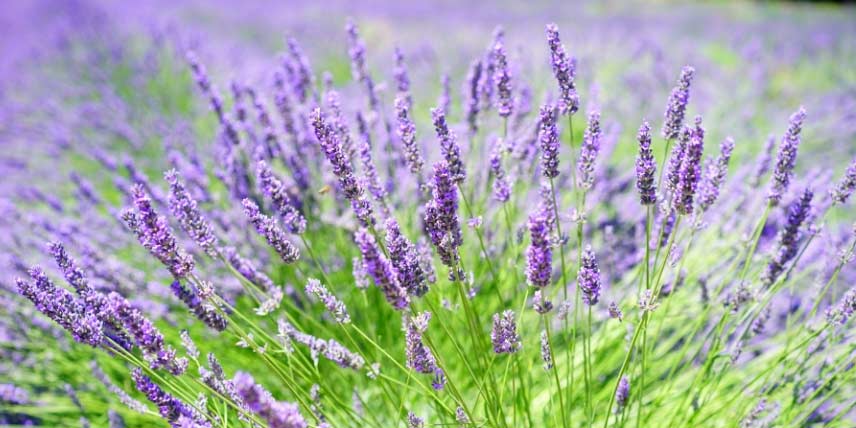
→ For full details, see our plant sheet: “Lavender: planting, growing, pruning”, and discover How to create a lavender garden?
Olive tree
Magnificent tree with a twisted trunk, the olive tree, or Olea europaea, is a true symbol of the Mediterranean. Its majestic, imposing architecture is especially striking at the centre of a Mediterranean border, for example. It bears evergreen leaves that are elongated and silvery-grey, and produces small white to creamy-yellow flowers in spring, followed by olives that are green at first and turn black when ripe. It has exceptional longevity and, over time, develops a remarkable trunk that seems to twist around itself, forming a very wide, irregular and rather unique shape. If you live north of the Loire, it is preferable to grow it in a container and bring it under cover for winter.
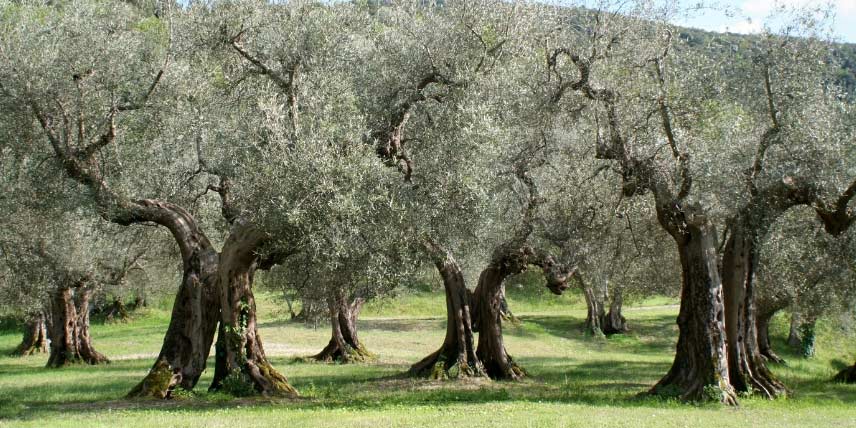
Olea europaea (photo Adrian Michael)
Rockrose
Rockrose is a small bush appreciated for its flowers, often white or pink (depending on the variety), bearing numerous yellow stamens at the centre. These flowers are formed of large crumpled petals that sometimes bear attractive black or purplish spots towards the centre of the flower, adding extra intensity. Flowers are very short-lived, but keep coming without stop… Leaves of rockroses are evergreen, sometimes slightly sticky, and green or greyish in colour. Cistus ladanifer produces an essential oil with wound-healing and anti-infective properties.
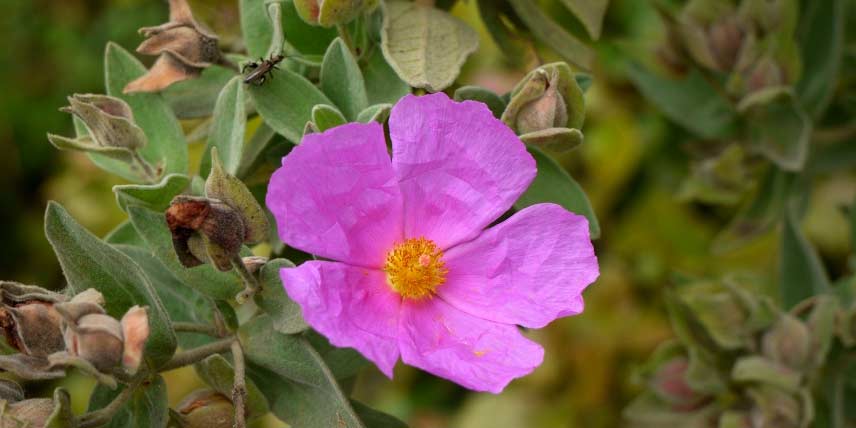
Cistus albidus (photo Fabricio Cardenas)
→ Discover rockroses and our tips to grow them in our plant sheet : “Cistus: planting, pruning, maintenance”
Agaves
Native to the Americas (southern United States, Mexico…), Agaves are impressive plants with large rosettes of thick, fleshy, pointed leaves. These strikingly graphic plants are perfect in a modern Mediterranean garden. They often have a grey or glaucous, bluish hue, but can also be a truer green, and are sometimes variegated with white or cream-yellow. Agave americana is one of the most interesting species to grow. Agaves are semelparous plants: they flower only once in their life, then die. However, flowering can occur after several decades, and is often spectacular, some species producing a gigantic flowering spike! Agaves are sometimes confused with aloes, which also form beautiful rosettes of fleshy leaves.
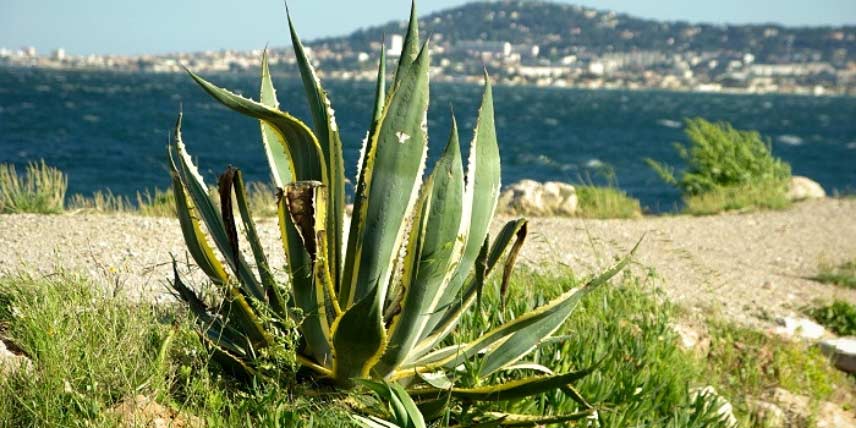
Agave americana
→ For full details, see our info sheet: “Agave: planting, growing and care”
Palms
Most palms are not native to the Mediterranean, but they evoke warm climates, holidays, and have been widely planted along the Mediterranean coast. The true Mediterranean palm is Chamaerops humilis (as well as Phoenix theophrastii). But you can also grow Phoenix canariensis, Trachycarpus, Washingtonia, Butia… Palms have an imposing silhouette, consisting of one or several thick, straight, unbranched trunks. At the top unfold very large leaves, which can be palmate or pinnate, and are thick, leathery, green or bluish. Several species have the advantage of being very hardy: Chamaerops humilis, Trachycarpus fortunei, Rhapidophyllum histrix (the latter tolerating down to -20 °C!)…
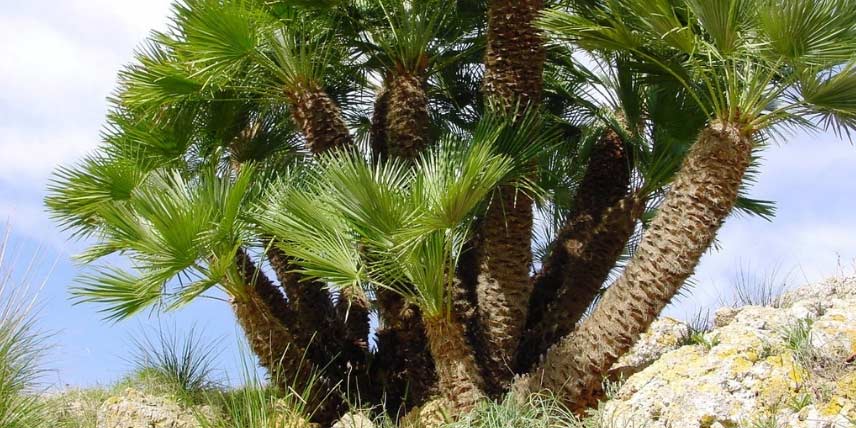
Chamaerops humilis (photo Tato Grasso)
→ Discover the great diversity of palms and our tips to grow them in our plant sheet: “Palms: planting, growing and care”
Fig tree
Also called Ficus carica, fig tree is a fruit tree that bears superb leaves, quite large, divided into broad, rounded lobes. They are deciduous. The fig tree has an elegant habit and a trunk with grey, smooth bark. Its branches contain a white latex. This tree produces figs in summer, fleshy fruits appreciated for their sweet, sugary flavour, and which also have very good nutritional value. In well-drained soil, it can withstand down to −15 °C. It can be propagated by propagation by cuttings.
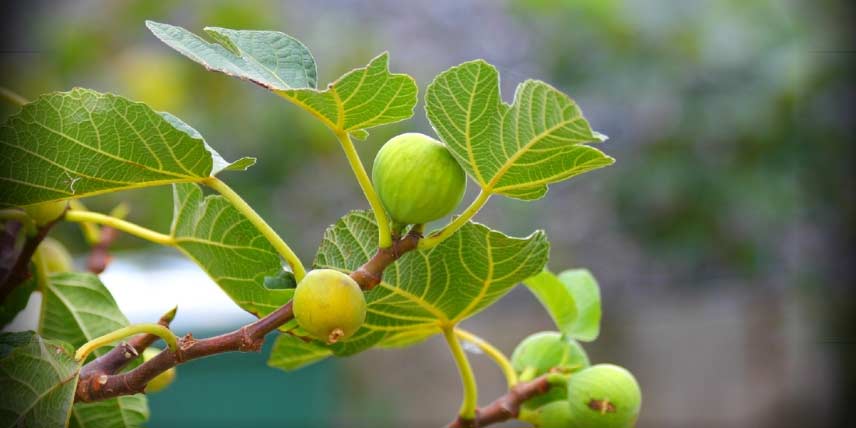
→ Discover our advice to choose and to grow fig trees in our plant sheet : “Fig tree: planting, pruning and maintenance”
Pomegranate tree
Another Mediterranean tree producing delicious fruit, pomegranate, Punica granatum. This small fruit tree has a bushy habit and glossy dark green foliage, deciduous. When leaves appear in spring, they are a lovely reddish hue, then turn green, later golden in autumn, before disappearing for winter. It produces beautiful red flowers, appearing between May and July–August, with crinkled petals. These are followed by large rounded fruits, red, orange or yellow. Pomegranate is long-lived and fairly hardy (can withstand between –12 and –15 °C), and tolerates drought fairly well.
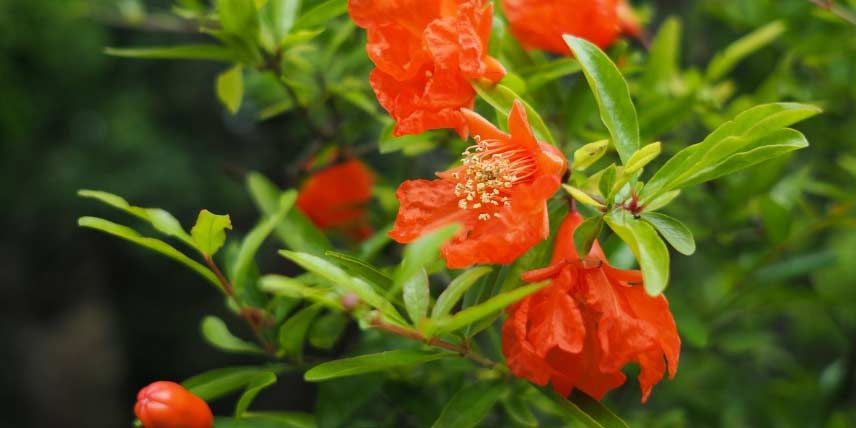
→ Discover this bush and our tips to grow it in the garden: “Flowering pomegranate: planting, pruning, care”
Strawberry tree
Strawberry Tree (Arbutus unedo) is an evergreen bush with glossy dark green foliage. It produces small, white, bell-shaped flowers in early autumn and spherical, reddish-orange fruits with a rough surface. They are edible and earn this bush its nickname, “strawberry tree”! Over time, strawberry tree develops a very attractive silhouette, with gnarled branches and reddish bark that peels away in strips. It occurs naturally around the Mediterranean Basin.
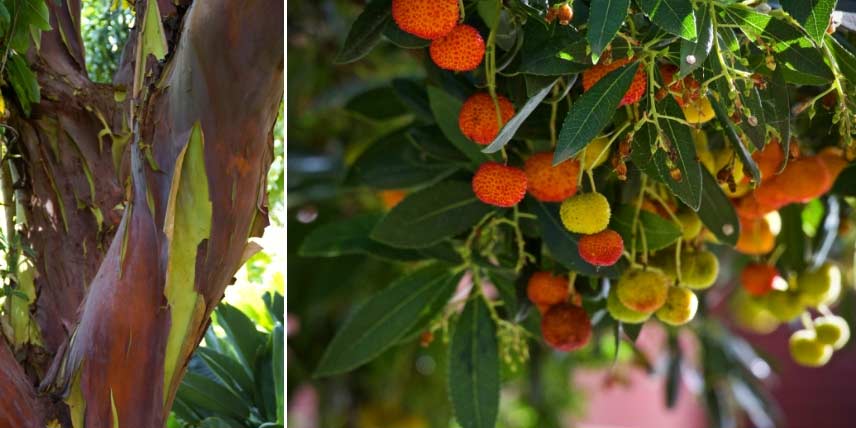
→ For more information about strawberry tree, see our plant sheet: “Strawberry tree, arbutus: planting, pruning and maintenance”
Provence cypress
Provence cypress, or Cupressus sempervirens, is another iconic Mediterranean tree. It’s a conifer with a columnar habit, very upright, and dark green foliage. With its erect habit, reaching 30–35 m in height, it forms a structural feature in a garden. You can plant it by the entrance to your house, or in a row to line a path. It is very hardy, withstands wind, and can live for several hundred years!
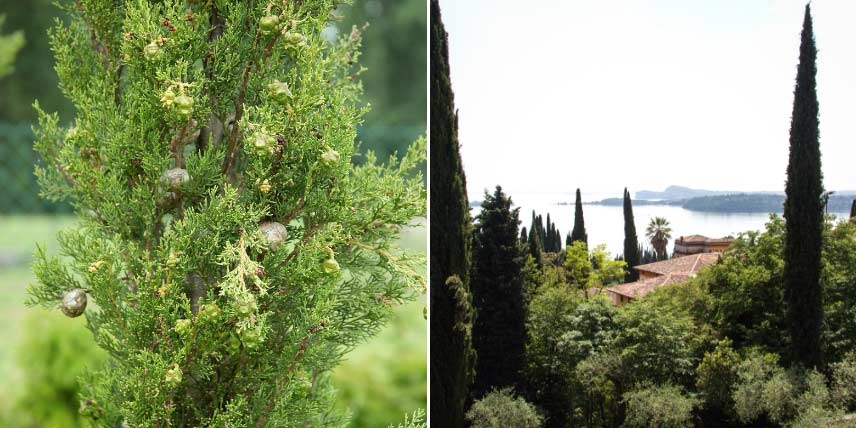
→ Rediscover cypresses and our tips to grow them in our plant sheet: “Cypress, cupressus: planting, pruning and care”
- Subscribe!
- Contents
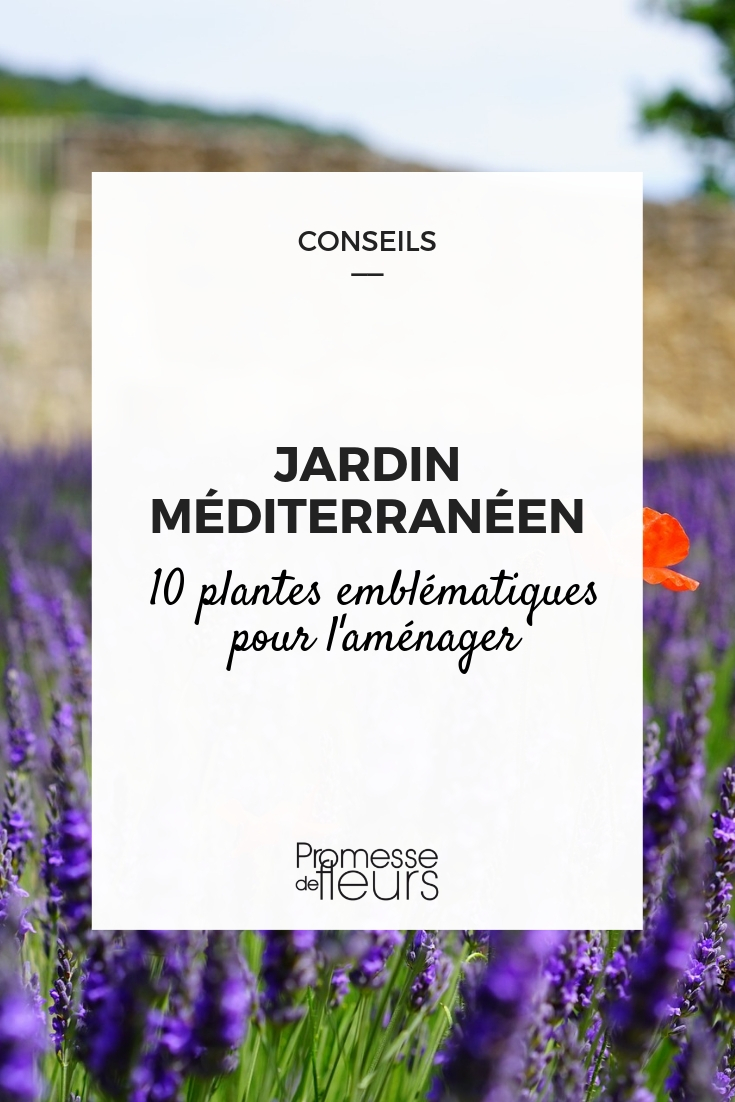































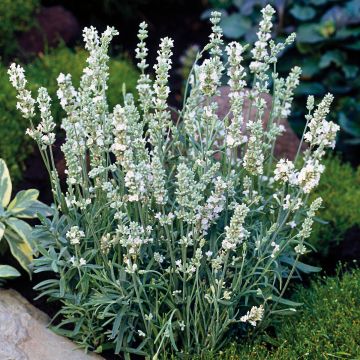
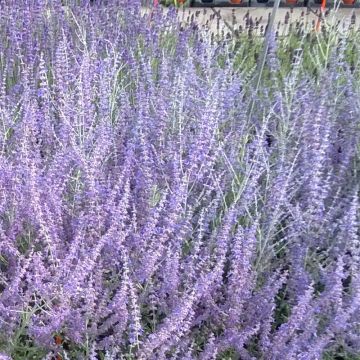
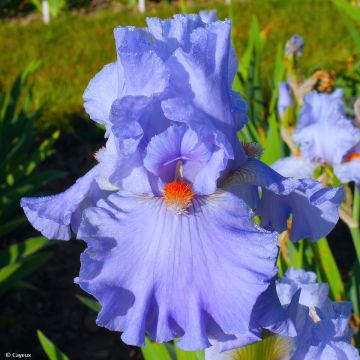
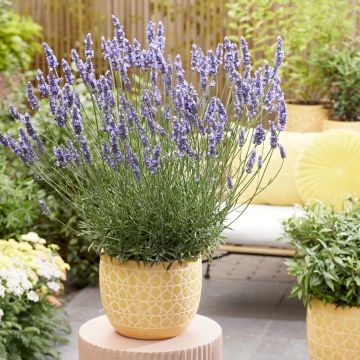
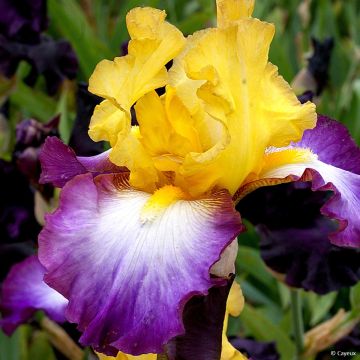

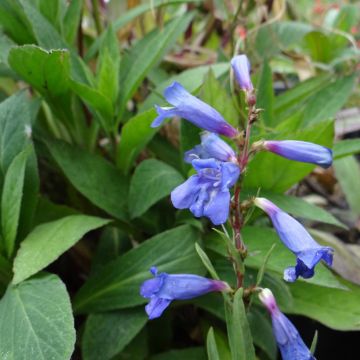
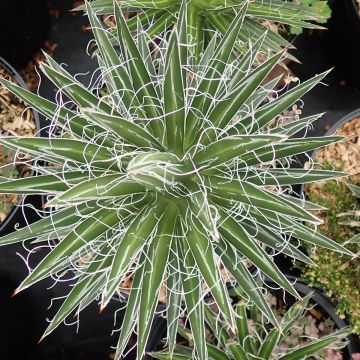
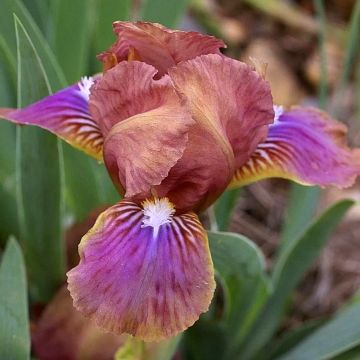
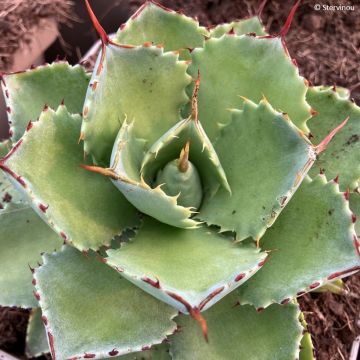
Comments